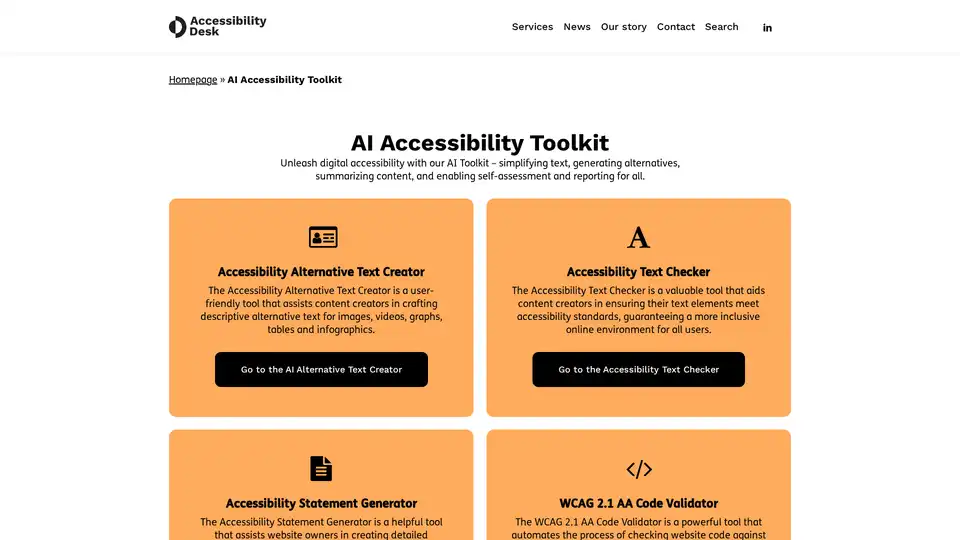
AI Accessibility Toolkit
Overview of AI Accessibility Toolkit
What is the AI Accessibility Toolkit?
The AI Accessibility Toolkit, developed by Accessibility Desk, is a comprehensive suite of AI-powered tools designed to make digital content more inclusive and compliant with web accessibility standards. In an era where online platforms must cater to diverse users—including those with disabilities—this toolkit simplifies the process of creating accessible websites, documents, and media. It focuses on key aspects like text simplification, alternative text generation, WCAG (Web Content Accessibility Guidelines) compliance checks, and self-assessments, ensuring that everyone can engage with digital content without barriers.
At its core, the toolkit addresses common accessibility challenges by leveraging artificial intelligence to automate tedious tasks. Whether you're a content creator, website developer, or business owner, this resource helps you build a welcoming digital environment. Affiliated with the Dutch Digital Accessibility Index, Accessibility Desk emphasizes practical, user-friendly solutions that align with international standards like WCAG 2.1 AA.
How Does the AI Accessibility Toolkit Work?
The toolkit operates through a web-based interface, where users access individual tools via simple "Go to" links. Each component uses AI algorithms to analyze and enhance content. For instance:
- Input Analysis: You upload or paste content (e.g., images, text, or code snippets), and the AI processes it in real-time.
- AI Processing: Machine learning models trained on accessibility guidelines evaluate and suggest improvements, drawing from WCAG criteria.
- Output Generation: Results include optimized text, reports, or certifications, often with explanations for better understanding.
This workflow is intuitive, requiring no advanced technical skills. The tools integrate seamlessly with everyday workflows, such as browsers or Microsoft Office add-ins, making accessibility checks a natural part of content creation.
Key Tools in the AI Accessibility Toolkit
The toolkit comprises several specialized tools, each targeting a specific accessibility need. Here's a breakdown:
Accessibility Alternative Text Creator
This tool is a game-changer for visual content. It helps users generate descriptive alt text for images, videos, graphs, tables, and infographics. By inputting a description or uploading media, the AI suggests concise, meaningful alternatives that screen readers can interpret. Ideal for ensuring compliance with WCAG success criterion 1.1.1 (Non-text Content), it saves time for designers and marketers who might otherwise struggle with crafting effective descriptions.
Accessibility Text Checker
Ensuring readable text is crucial for users with cognitive or visual impairments. This checker scans text elements against accessibility standards, flagging issues like complex language, poor contrast, or insufficient headings. It provides actionable feedback to make content more inclusive, promoting a barrier-free online experience.
Accessibility Statement Generator
Website owners can use this to create customized accessibility statements. It prompts for details about your site's features and generates a professional document outlining your commitment to inclusivity. This not only meets legal requirements in regions like the EU but also builds trust with users.
WCAG 2.1 AA Code Validator
For developers, this automated validator scans website code against WCAG 2.1 AA guidelines. It identifies issues in HTML, CSS, and JavaScript, offering remediation steps. This proactive approach prevents accessibility violations and supports inclusive design from the ground up.
AI WCAG 2.1 AA Self-Assessment and Reporting (Extended)
A deeper dive into accessibility, this extended assessment provides insights through detailed questions and AI analysis. Upon completion, users receive a certification, which can be displayed to demonstrate compliance. It's perfect for organizations aiming to certify their digital presence.
AI Accessibility Self-Assessment (QuickScan)
For a fast check, the QuickScan poses 10 essential questions about your website. The AI evaluates responses and delivers insights on accessibility levels, helping you prioritize improvements without a full audit.
Read Easy for Chrome
This browser extension simplifies web text on-the-fly, enhancing readability for low-literacy users. A single click adjusts complexity, making sites like news articles or blogs accessible to a broader audience.
Read Easy for Editors
Integrated with Microsoft Word and Outlook, these add-ins offer real-time readability suggestions. They optimize writing for diverse audiences, ensuring emails and documents are clear and inclusive.
WCAG 2.1 AA Explainer
Select a WCAG criterion, and this tool delivers clear instructions and explanations. It's an educational resource that empowers users to understand and implement accessibility best practices.
Who is the AI Accessibility Toolkit For?
This toolkit is tailored for a wide range of professionals:
- Content Creators and Marketers: To generate alt text and simplify messaging.
- Web Developers and Designers: For code validation and compliance checks.
- Business Owners and Compliance Officers: To create statements and perform assessments.
- Educators and Non-Profits: Promoting inclusivity in digital resources.
- Individuals with Accessibility Needs: Tools like Read Easy directly benefit end-users.
It's especially valuable for small teams or solo operators who lack dedicated accessibility experts, as it democratizes compliance without high costs.
Why Choose the AI Accessibility Toolkit?
In a digital landscape where accessibility is both a legal imperative (e.g., ADA, EU Accessibility Act) and a moral one, this toolkit stands out for its AI-driven efficiency. Unlike manual audits, which can be time-intensive and expensive, these tools provide instant, accurate feedback. User testimonials highlight how it streamlines workflows— for example, reducing alt text creation from hours to minutes.
Moreover, by focusing on WCAG 2.1 AA, it aligns with globally recognized standards, helping sites rank better in search engines that prioritize user experience. The affiliation with the Dutch Digital Accessibility Index adds credibility, ensuring the tools are grounded in real-world expertise.
How to Use the AI Accessibility Toolkit
Getting started is straightforward:
- Visit the Accessibility Desk website and navigate to the toolkit section.
- Select a tool (e.g., Alternative Text Creator).
- Input your content or answer prompts.
- Review AI-generated suggestions and apply them.
- For extensions like Read Easy, install from the Chrome Web Store or Microsoft Add-ins.
No sign-up is required for basic use, though advanced features like certifications may involve contact with Accessibility Desk for audits or consultations.
Practical Value and Real-World Applications
The toolkit's value lies in its ability to foster inclusivity while boosting SEO and user engagement. Accessible sites often see improved dwell times and lower bounce rates, as all users can navigate effortlessly. Case in point: Businesses using similar tools report higher customer satisfaction and compliance rates.
For instance, a marketing team could use the Text Checker to refine blog posts, ensuring they reach audiences with dyslexia. Developers might run the Code Validator during site builds to avoid costly redesigns later. The self-assessments serve as a quick health check, guiding ongoing improvements.
In terms of pricing, while core tools appear free or low-barrier, Accessibility Desk offers premium services like full audits—contact them at we@accessibilitydesk.com for details. Based in Utrecht, Netherlands, they provide global support via email or phone.
Best Ways to Integrate Accessibility into Your Workflow
To maximize benefits:
- Start Small: Use QuickScan for initial evaluations.
- Embed in Processes: Add Text Checker to your content review checklist.
- Educate Teams: Leverage the Explainer for training sessions.
- Monitor Progress: Repeat assessments quarterly to track improvements.
By incorporating the AI Accessibility Toolkit, you're not just complying with standards—you're creating a digital world that truly includes everyone. For more, explore their services on accessible websites, user testing, and beyond.
Best Alternative Tools to "AI Accessibility Toolkit"
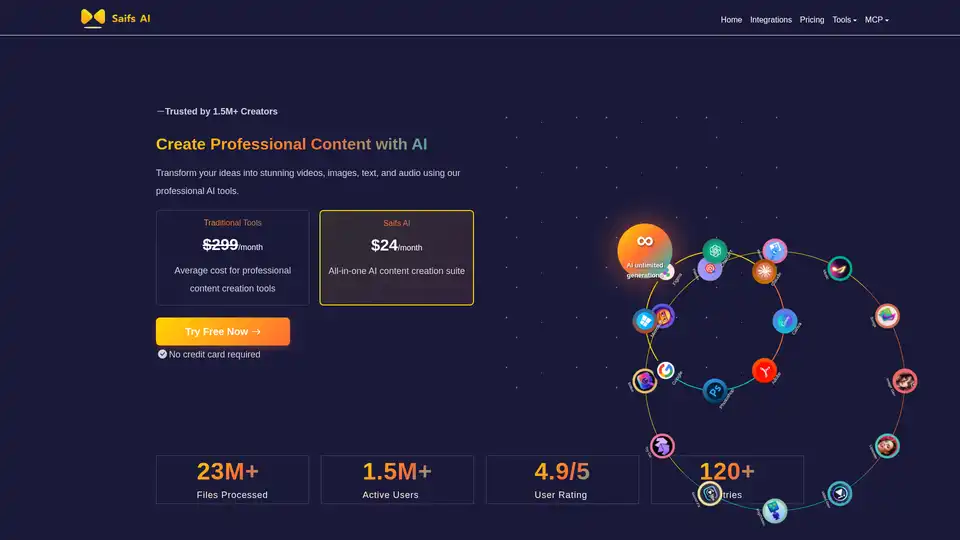
Saifs AI is an all-in-one AI content creation suite that helps you transform your ideas into stunning videos, images, text, and audio effortlessly. Trusted by 1.5M+ creators.
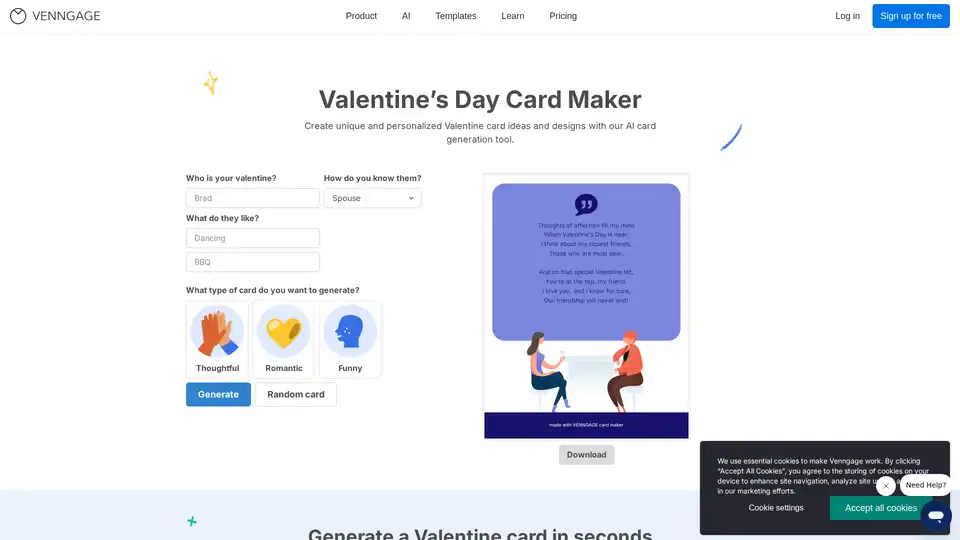
Create unique Valentine's Day cards with our free AI-powered card maker. Generate funny, thoughtful, or romantic designs for partners, crushes, or friends, and customize from over 100 templates for personalized greetings.
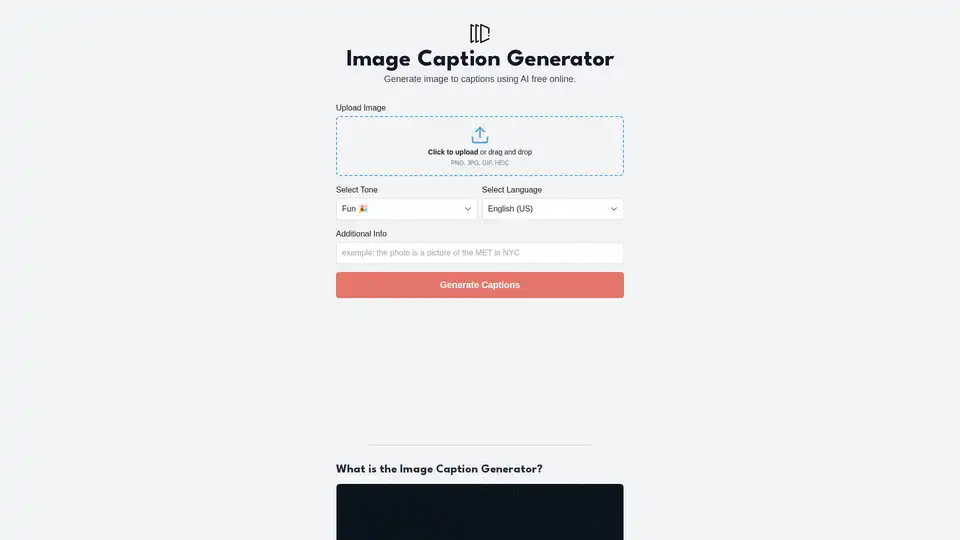
Generate captions for your images using AI for free online. Convert image to captions for Instagram, ALT Text, or other social media.
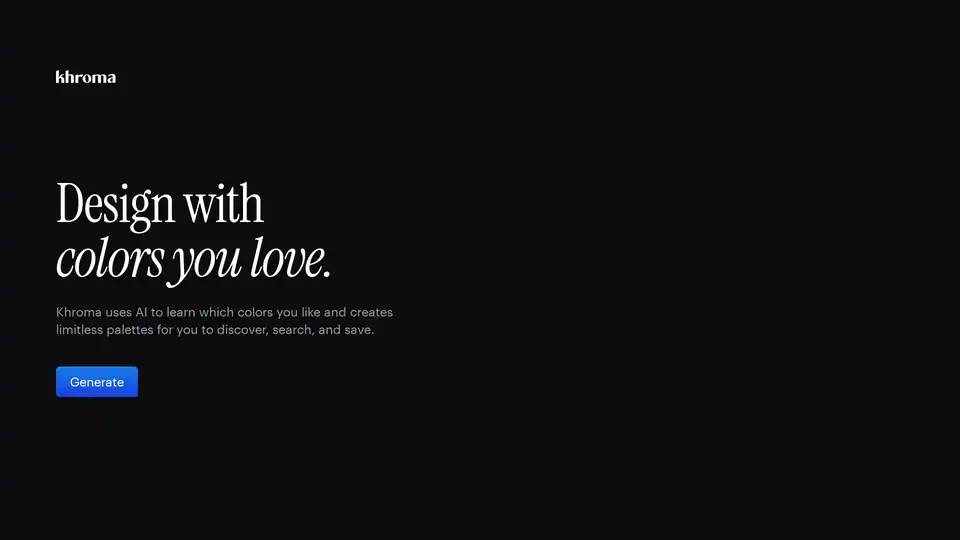
Khroma is the fastest way to discover, search, and save color combos and palettes you'll love. Discover a personalized AI-powered color tool for designers to find the perfect color scheme.
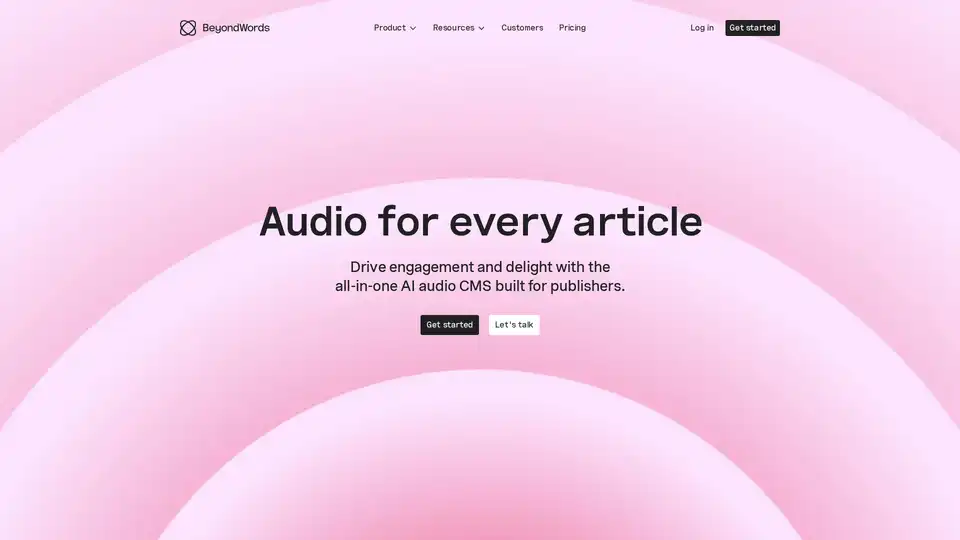
Drive engagement and delight with the all-in-one AI audio CMS built for publishers, featuring voice cloning, audio articles, and seamless integrations for enhanced audience reach.
Lunacy by Icons8 is free graphic design software for Windows, macOS, Linux. Open, edit sketch files with ease. Built-in vector, photos, UI kits, and more.
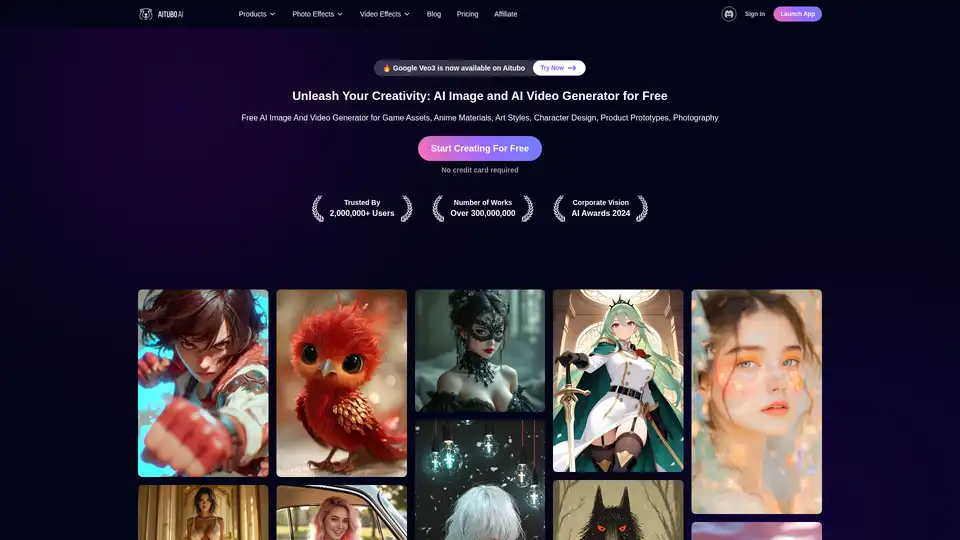
Best free AI art generator: Generate stunning images and videos from text, or create videos from images, all powered by the latest AI technology.
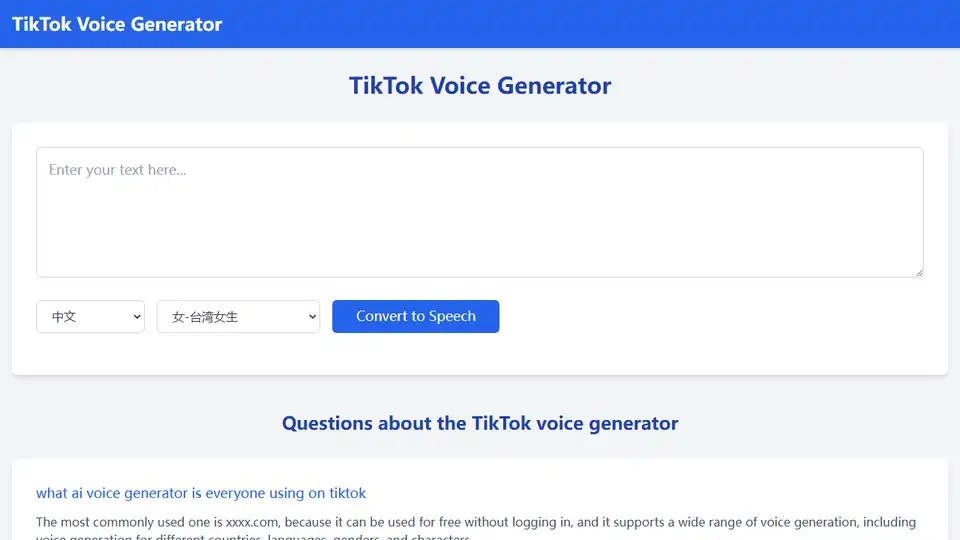
Generate funny TikTok Voice Generator for free such as jessie voice, C3PO voice, ghostface voice, siri voice. Free TikTok text to speech generator.
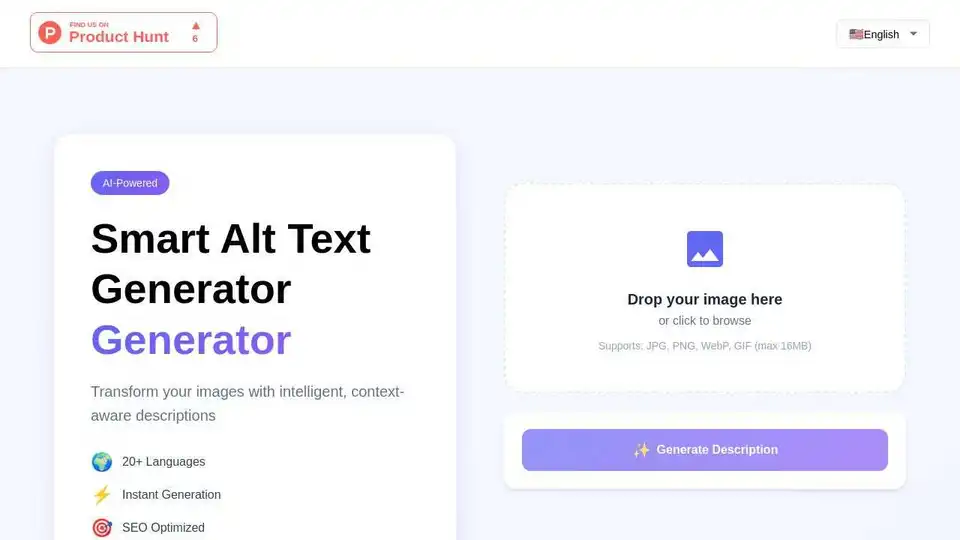
Generate SEO-friendly alt text for your images automatically in 20+ languages with Smart Alt Text Generator. Improve web accessibility and search engine rankings with AI-powered image descriptions.
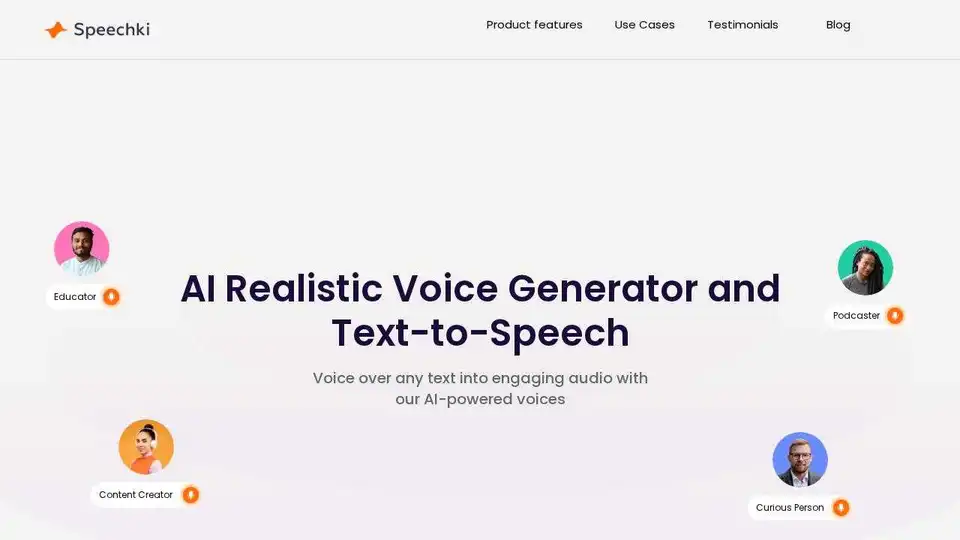
Speechki is an AI realistic voice generator with 1,100+ voices in 80+ languages. Generate realistic text-to-speech voiceovers online and transform text into high-quality audio.
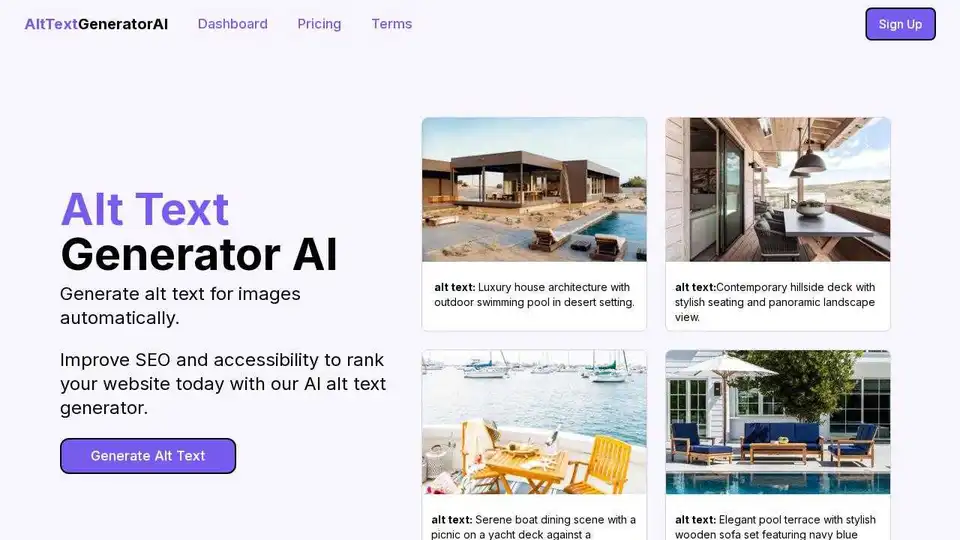
Generate SEO-friendly alt text for images automatically using AI with Alt Text Generator AI. Improve accessibility and boost your website's ranking faster.
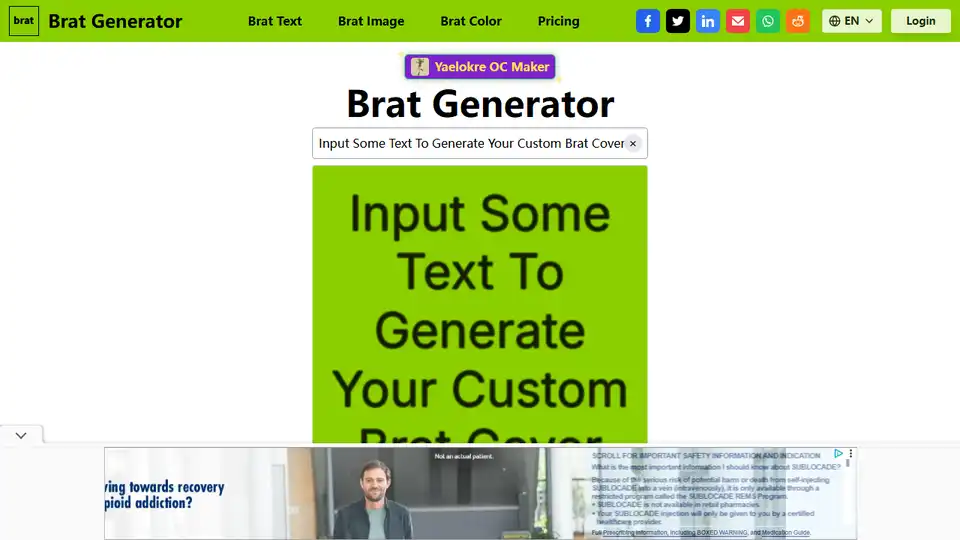
Create Charli XCX style album covers with Brat Generator! Input custom text and choose colors to design unique brat album covers and memes for social media.
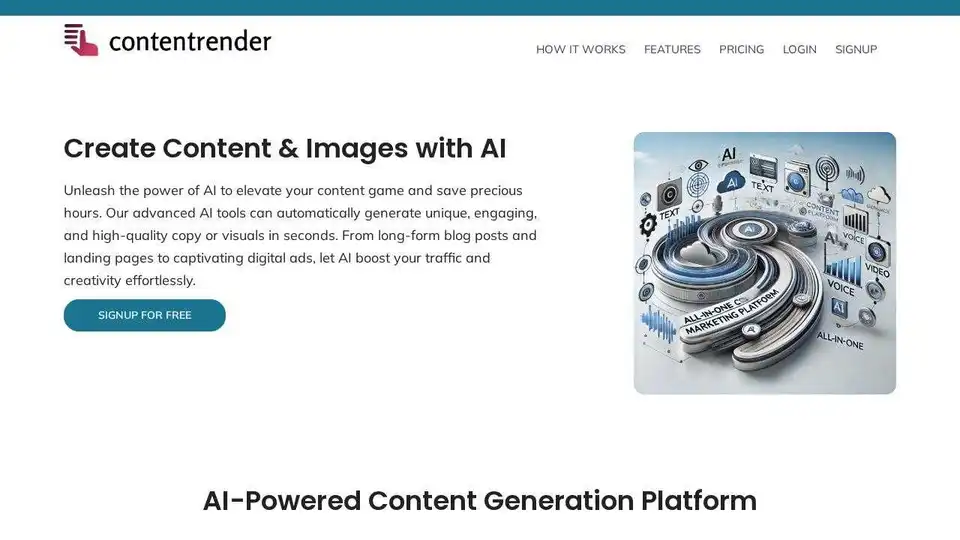
Content Render is an all-in-one AI content generator for text, images, code, audio, and videos. Perfect for marketing, social media, and creative projects.
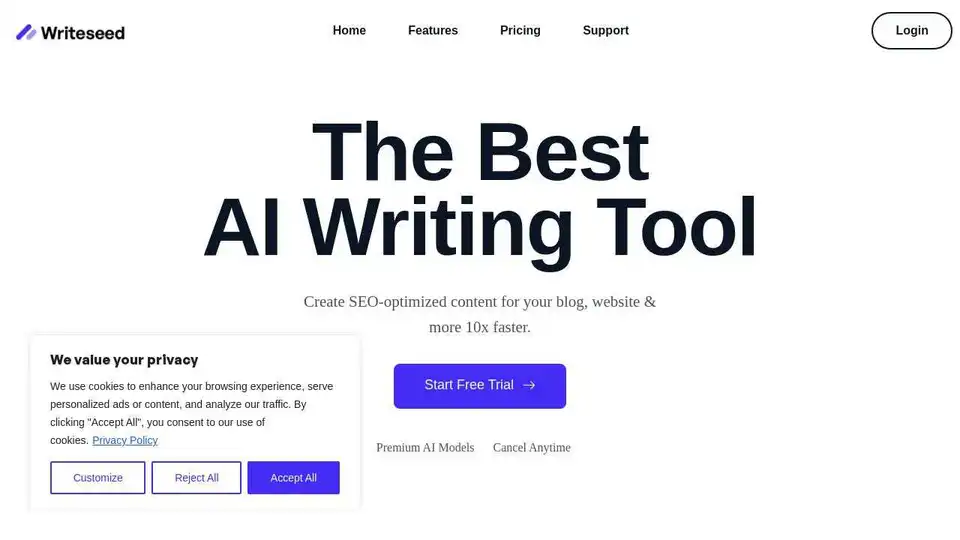
Writeseed is an AI writer that creates SEO-optimized articles for your blog, website & more 10x faster. Start Free Trial with our AI writer today.
